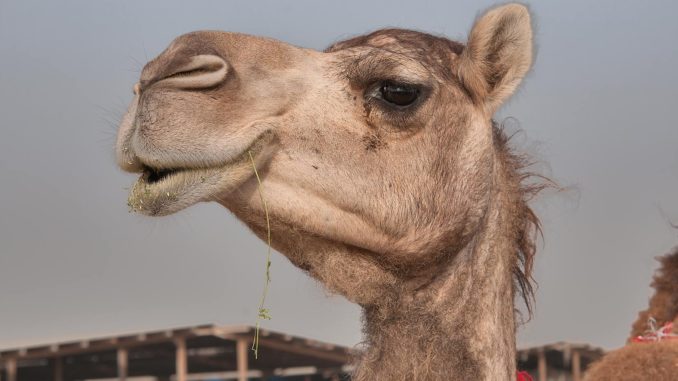
About 40 million years ago in the then sub-tropical forests of North America lived in a small animal Protilopus, judging by its fossil remains, like a hare. It was from him for many millions of years of evolution happened mammal, known to us as a camel. Some of his views have moved across the isthmus, which was on the site of the Bering Strait, and settled in Asia and Africa.
About two million years ago, part of the species remaining in North America, the South American Andes reached and to adapt to life in the highlands. These animals were the ancestors of the lamas and venuny. Those who remained in North America, died out because of a cold snap.
On the ground, there are 15 million camels, and all of them – strong and hardy animals. But the hardiest of them – is nine wild camels who live in the Gobi Desert. There they feel fine, despite the temperature changes from -40 to + 40C.
The camel many adaptations to live in the wilderness. Long thick eyelashes protect its eyes from sand, which are being driven strong winds. When, during sandstorms becomes difficult to breathe, a camel can scarcely close my nostrils. Both toes on each foot pad connected calloused. Thanks to the camel does not sink into the sand. Camel can have a variety of plants, even those in which a lot of salt. Insensitive to spikes mouth is able to chew any thorn, and three-chambered stomach digest the toughest food.
The heat that would kill less hardy animal, almost no effect on the camel. Camel wool is an excellent insulator, and he begins to lose moisture, only when the temperature of the body rises to 40C. This happens only when the monstrous heat. Insulator and humps are (or hump, when it comes to dramadere or dromedary), in which the animal accumulates fat. Camel can be very long to eat or drink it at the expense of fat stores in the humps. Adult camel weighing 630 pounds can lose up to 30% of its weight (160 kg) at the expense of dehumidification and not die. It is true then he immediately drinks from 90 to 135 liters of water.
The last wild camels live in the Gobi Desert of Mongolia. They live in herds in which one male and several females. They hold, usually near water. Summer in search of food go into the foothills. Bachelors stick together. During the mating season trying to fight off the females in the herd leader, and then played out in the desert fierce fighting.
Pregnancy for camels lasts more than a year. Newborn camel fully adapted to life in the desert. He begins to walk a few hours after birth. And on the second day was not far behind the herd.
Of the four relatives camel domesticated in South America two. Lama used as a beast of burden and alpacas preserved only in the mountain villages of indigenous people of the Andes. He is being held because of the very good wool. Guanaco, from whom Lama, still roam the plateau. This is the highest of all wild mammals in South America. Their height is 110 centimeters and weighs 90 kilograms. This is a very swift animals. If necessary, guanaco can run at a speed of 55 km / h. They live in herds of several females and one male leader.
On the slopes of the Andes live one more wild relatives camel – venuni. Their growth is 75 inches, and they weigh 45 pounds. Wool venuny valued more ancient Indians – Incas. Clothing from wool had a right to carry only supreme ruler and his family. All others for violating the ban on death row.
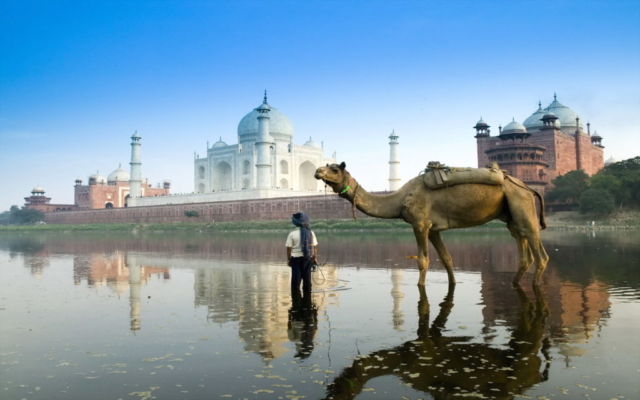
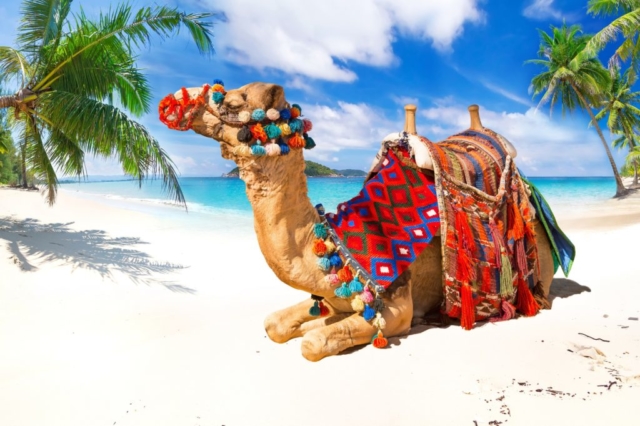
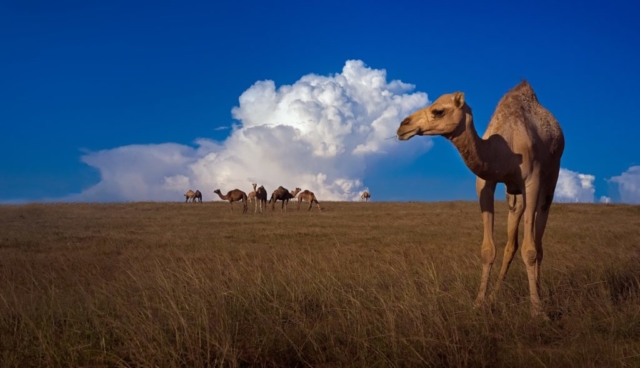
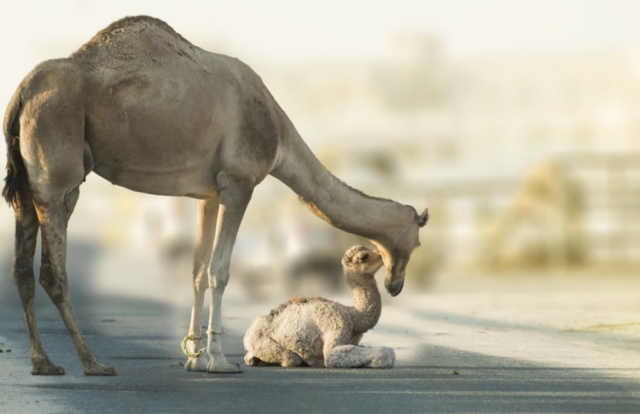
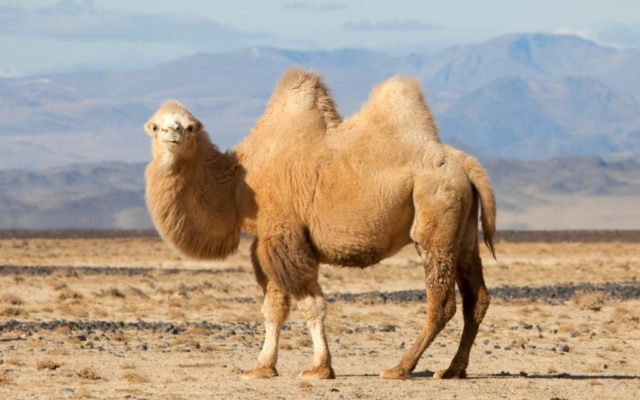
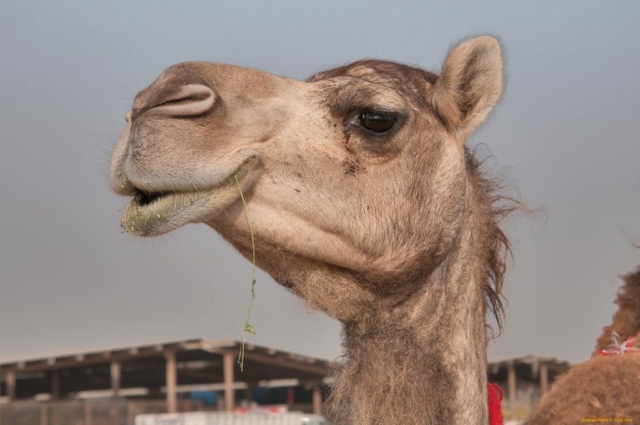
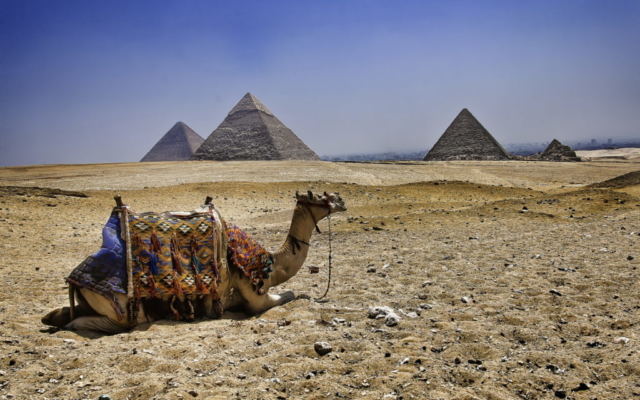
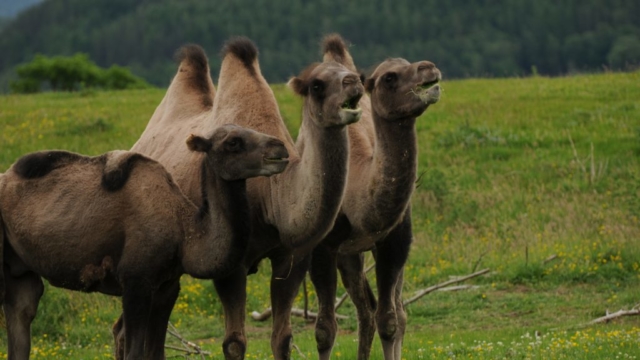
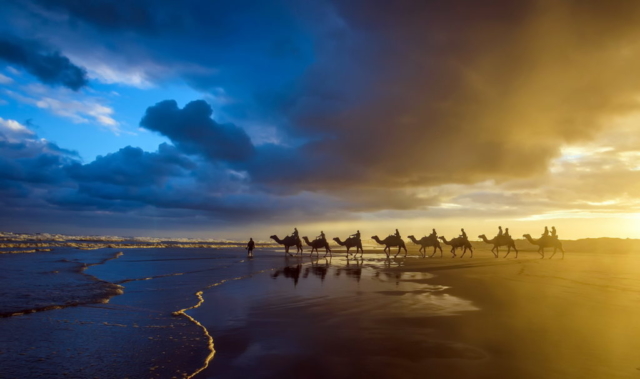
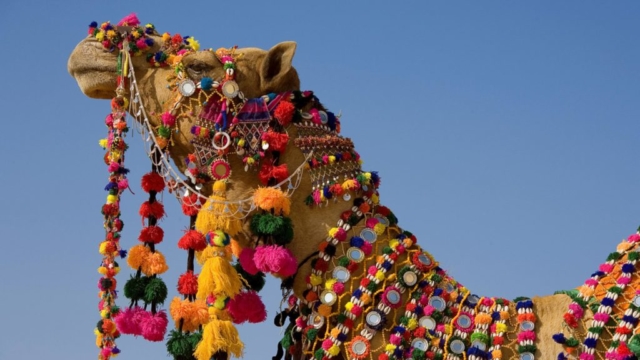
Be the first to comment